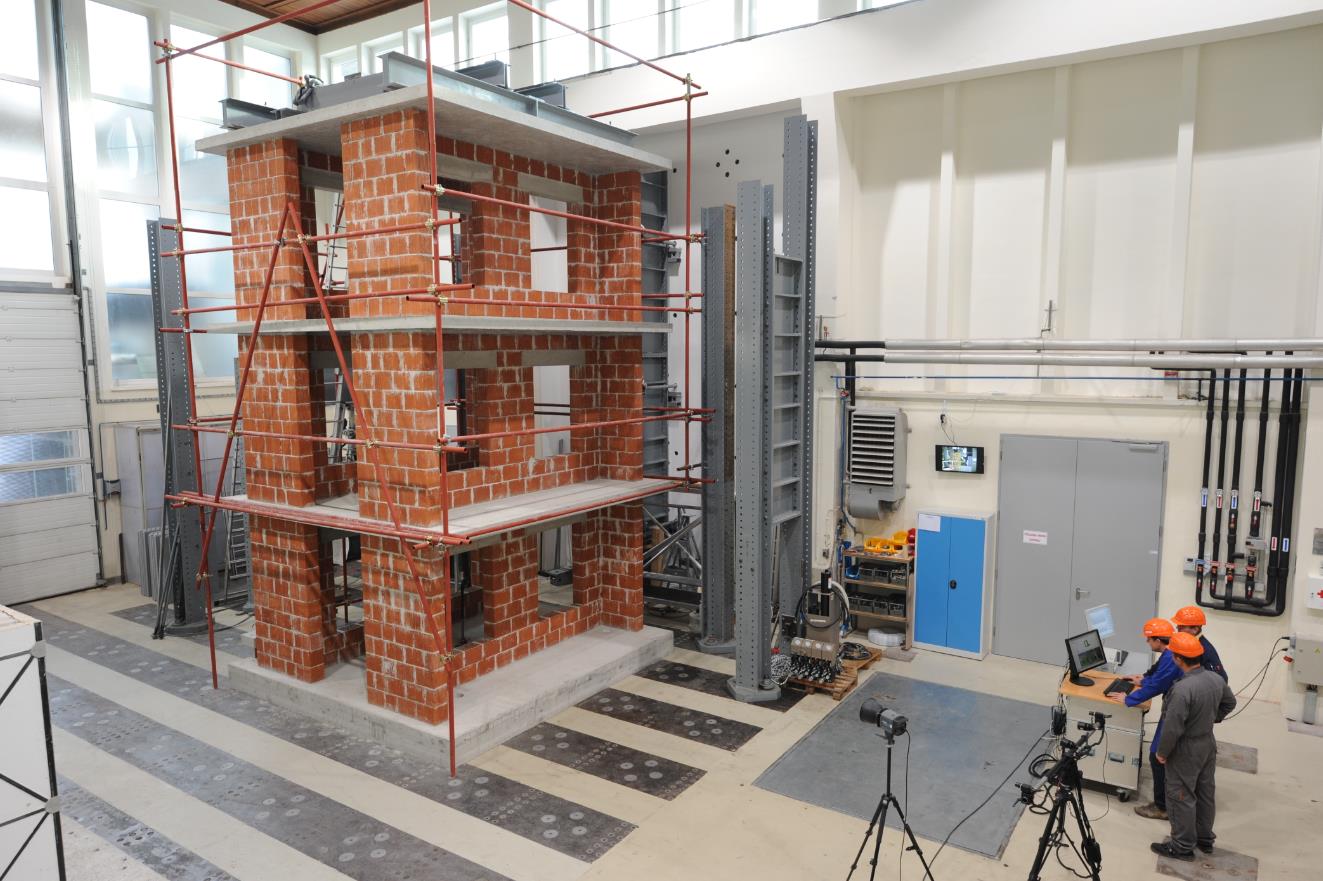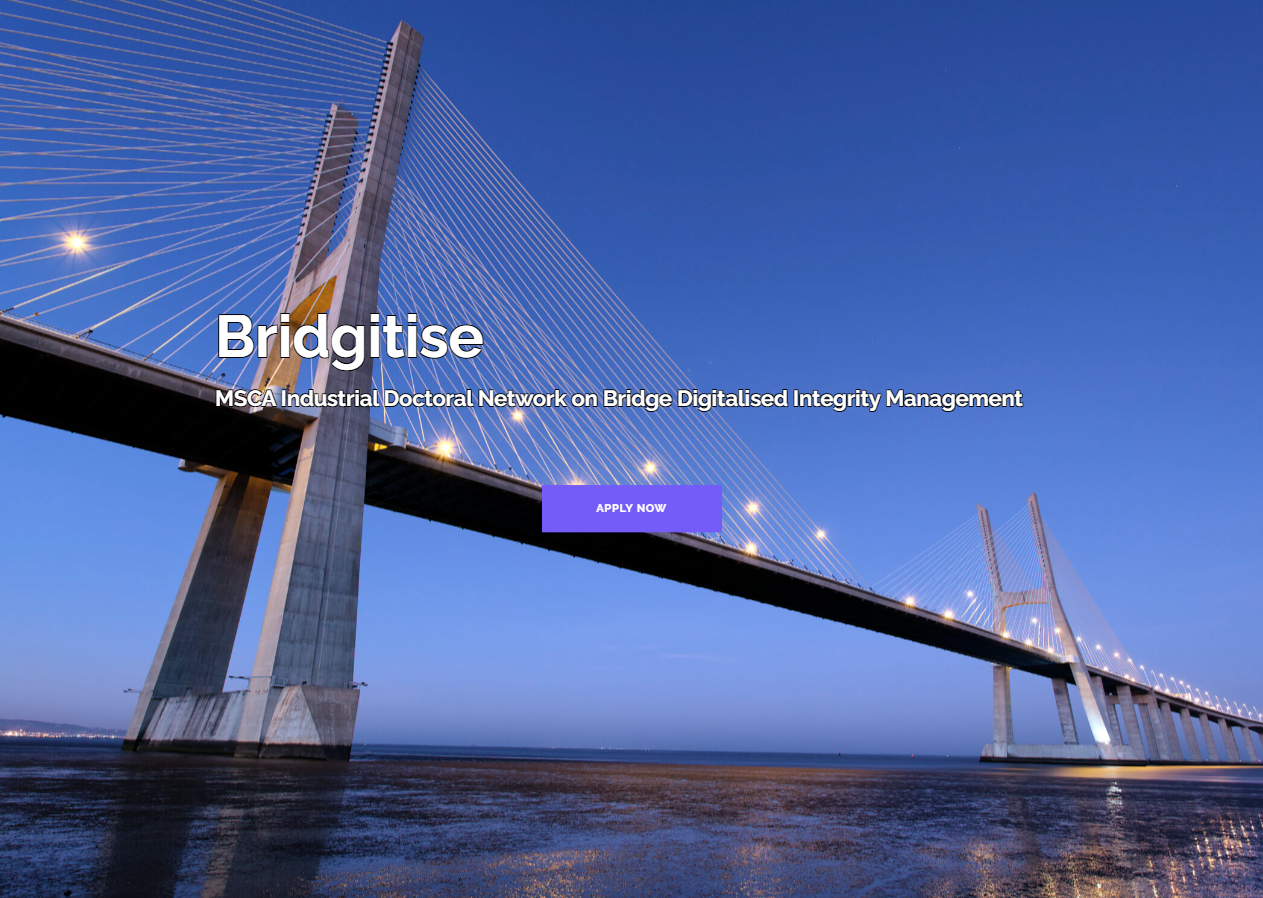Our breakthrough research projects
04.07.2023
This year, for the first time, the Slovenian National Building and Civil Engineering Institute (ZAG) has earmarked funds for so called the Stable Funding Pillar (RSF), which is designed to stimulate the development of research and infrastructure activities. In June, the Director of ZAG, doc. dr. Aleš Žnidarič, reached a conclusion that 5 small breakthrough research projects are selected for this type of funding. These were submitted to the call for proposals at the end of spring by our employees and are presented in more detail below.
The RSF contributes to achieving the objectives and results as well as implementing actions or tasks in the field of scientific research activities, defined in the strategic documents of the Republic of Slovenia and the EU, taking into account the mission and strategy of the individual recipient of stable funding and the Rules of the Slovenian National Bulding and Civil Engineering Institute on Stable Funding). In doing so, it focuses on aspects of
- quality,
- creativity and innovation
- internationalisation,
- openness and knowledge transfer and
- cooperation with the environment.
The call for this funding was published about a month ago and it was proposed by the Director and the Chair of the Scientific Council at ZAG. The aim of the call is to stimulate research to test breakthrough ideas from talented early-career researchers who are still without a PhD or up to 7 years after their PhD. At the same time, we want to deepen knowledge in key and strategic research areas for ZAG and open up new ones. The projects are also a pre-preparation to applying for new projects, notably under the EU’s Horizon programme, and indirectly to broadening or deepening the scope of existing programme groups. A 3-member panel was set up to evaluate the applications for the call, taking into account the following criteria: the scientific potential of the project (up to 40 points), the applied potential of the project (up to 20 points), the integration of fields and units (up to 20 points), and the feasibility of the project in terms of cost (up to 20 points).
The internal, albeit smaller, projects at our Institute are equally interesting and important for the well-being of society, which is why we have allocated 60% of the RSF to them, thus helping to achieve our strategic objectives and desired outcomes, while increasing the research capacity of our young researchers.
PROJECTS selected for funding within the RSF:
The use of machine learning to assess the condition of reinforced concrete structures | dr. Miha Hren, univ. dipl. inž. grad.
Due to environmental influences and external loads, reinforced concrete structures are exposed to various types of degradation, which can have several negative consequences for society. In order to limit and reduce these consequences, it is initially necessary to assess the condition of reinforced concrete structures. Various measurable indicators are considered, such as cracks and corrosion state.
However, individual indicators do not capture the entire complexity of material degradation. By using machine learning and various techniques for assessing the state of materials, more accurate and automated techniques for assessing the state of structures could be developed.
Tailoring the fire performance of wood using different MgCO3 hydrates | dr. Andreja Pondelak, mag. graf. inž.
The combustibility and flammability of wood can be reduced by incorporating minerals into the wood structure (so called mineralization). We have recently proposed a new way of wood mineralisation using MgCO3-based compounds and have shown that wood has a better reaction to fire than wood mineralised with CaCO3. There are at least 13 polymorphic forms of MgCO3, each with different water content, each of them having a different effect on fire performance.
In this project, we will investigate the effect of tree species on the formation of specific MgCO3 polymorphs and, consequently, on the reduction of the flammability of the resulting composites, which is not yet known in the literature. The knowledge gained will be crucial for the further development of environmentally friendly flame retardants and, consequently, more fire-resistant timber buildings.
Magneto-responsiveness and active rheology control of cementitious materials | Ana Brunčič, mag. inž. grad.
Project MagnifiCEMt will cover the development of a cementitious material that allows active control of the behavior in the fresh state and arbitrary formworkless shaping with topological optimization and rationalization under the influence of the magnetic field and magnetic particles added to the fresh mix.
A structural designer and a journalist, two mineralogists, a graphic engineer and a chemist, a pharmacist and a physicist will put their heads together for the diversity of the multi-level approach and spectrum of research. External help will also be relevant, especially from the Institute for Mathematics, Physics and Mechanics and the Jožef Stefan Institute. Insights will be provided on LinkedIn.
SLO-CAPTURE: SLOvenian Commuters’ Assessment of air Pollutants in Traffic related URban Environments | Anja Ilenič, mag. inž. geol.
“What is the quality of the air we breathe?” is the primary research question of the SLO-CAPTURE project, which focuses on the characterisation of particulate matter (PM), known as one of the most harmful pollutants in urban air. The research endeavours to discern anthropogenic pollutants such as metals and polycyclic aromatic hydrocarbons while examining their influence on individuals exposed to traffic. A comprehensive analysis of air pollutants, which are prominent in Slovenia due to the prevalence of small-scale combustion sources and increased traffic, is crucial for formulating an efficient strategy to mitigate air pollution in urban environments, resulting from high levels of urbanisation in recent years.
More information is available at urbani.zrak@zag.si.
Revival of earthen architecture with additive manufacturing | dr. Mateja Štefančič, univ. dipl. inž. geol.
UNESCO acknowledges earthen architecture as having a great potential to alleviate global poverty and contribute to sustainable development1. UNESCO’s CRAterre programme and the RILEM’s TCs undertake extensive research, although the lack of available construction technology is recognised as a key technical barrier in earth construction.
Digital fabrication can spearhead a breakthrough, providing an efficient alternative in the face of global labour shortages, while at the same time enabling impressive building design. The feasibility of the concept has already been proven in Gaia, Tecla and Tova buildings. ZAG is well-equipped and ready to support the region’s civil engineers and architects with the skills and knowledge required for the future of global construction by following the digital revolution and promoting 3D printing in the industry. This project is considered a breakthrough in commencing activities that will result in the construction of more affordable, customisable, efficient living spaces and minimise the environmental impact of construction.
Congratulations to the project holders.






